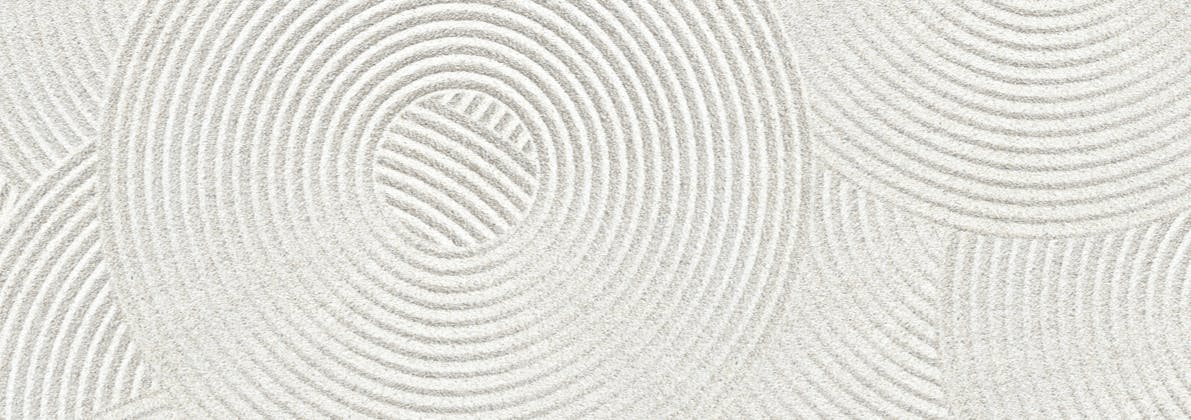
Ensuring Safety and Satisfaction in Your Journey to a Perfect Nose
Rhinoplasty, commonly known as a nose job, is a surgical procedure that reshapes the nose for aesthetic or functional reasons. Choosing the right rhinoplasty surgeon is crucial to achieving the desired results and ensuring your safety. This comprehensive guide will walk you through the essential steps and considerations in selecting the best surgeon for your rhinoplasty.
Understanding Rhinoplasty
Rhinoplasty can address a variety of concerns, including the size, shape, and proportion of the nose, as well as functional issues such as breathing difficulties. There are two main types of rhinoplasty: open rhinoplasty and closed rhinoplasty. Open rhinoplasty involves a small incision on the columella (the tissue between the nostrils), providing the surgeon with greater access and visibility. Closed rhinoplasty involves incisions inside the nostrils, resulting in no visible scarring. Understanding these distinctions will help you communicate your goals and preferences to potential surgeons.
Researching and Identifying Potential Surgeons
Board Certification
One of the first steps in choosing a rhinoplasty surgeon is to ensure they are board-certified by a recognized organization, such as the American Board of Plastic Surgery (ABPS) or the American Board of Facial Plastic and Reconstructive Surgery (ABFPRS). Board certification indicates that the surgeon has undergone rigorous training, passed comprehensive exams, and adheres to high ethical standards.
Experience and Specialization
Experience is a critical factor in selecting a rhinoplasty surgeon. Look for a surgeon who specializes in rhinoplasty and has performed numerous procedures. A surgeon with a substantial portfolio of before-and-after photos will give you a clearer idea of their skill and aesthetic sensibility. Additionally, consider surgeons who have experience with revision rhinoplasty, as this indicates a higher level of expertise in addressing complex cases.
Reputation and Review
Researching a surgeon's reputation can provide valuable insights into their professionalism and patient satisfaction. Look for online reviews, testimonials, and ratings on platforms such as RealSelf, Healthgrades, and Yelp. Pay attention to recurring themes in the feedback, both positive and negative. Personal recommendations from friends, family, or your primary care physician can also be helpful.
Consultation and Communication
Initial Consultation
Schedule consultations with multiple surgeons to discuss your goals, concerns, and expectations. During the consultation, the surgeon should conduct a thorough evaluation of your nose, including an assessment of your facial structure, skin type, and medical history. This will help them determine the best approach for your rhinoplasty.
Communication and Rapport
Effective communication is essential for a successful rhinoplasty. The surgeon should listen attentively to your goals and provide clear, honest responses to your questions. They should explain the procedure, potential risks, and expected outcomes in a way that is easy to understand. A surgeon who takes the time to address your concerns and build a rapport with you is more likely to deliver satisfactory results.
Before-and-After Photos
Reviewing before-and-after photos of previous patients can help you gauge the surgeon's ability to achieve your desired outcome. Look for photos that depict patients with similar facial features and concerns to yours. Pay attention to the naturalness and symmetry of the results, as well as any visible scarring.
Surgical Facility and Safety
Accreditation and Certification
Ensure that the surgical facility where the procedure will take place is accredited by a recognized organization, such as the American Association for Accreditation of Ambulatory Surgery Facilities (AAAASF) or the Joint Commission. Accredited facilities adhere to stringent safety and quality standards, reducing the risk of complications.
Anesthesia and Anesthesiologist
Discuss the type of anesthesia that will be used during your rhinoplasty and ensure that a board-certified anesthesiologist or a certified registered nurse anesthetist (CRNA) will administer it. The presence of a qualified anesthesia provider is crucial for your safety and comfort during the procedure.
Postoperative Care and Follow-Up
Ask about the surgeon's postoperative care plan, including follow-up appointments and instructions for recovery. A comprehensive care plan will help ensure a smooth recovery and address any potential complications promptly.
Cost and Financial Considerations
Cost of Rhinoplasty
The cost of rhinoplasty can vary widely depending on factors such as the surgeon's experience, the complexity of the procedure, and the geographic location. During your consultations, ask for a detailed breakdown of the costs involved, including the surgeon's fee, anesthesia, facility fees, and any additional expenses.
Insurance and Financing
In most cases, rhinoplasty is considered a cosmetic procedure and is not covered by insurance. However, if the surgery is performed to correct a functional issue, such as a deviated septum, part of the cost may be covered. Discuss this with your surgeon and insurance provider. Additionally, inquire about financing options, such as payment plans or medical credit cards, to help manage the cost of the procedure.
Preparing for Your Rhinoplasty
Preoperative Instructions
Your surgeon will provide you with detailed preoperative instructions to prepare for your rhinoplasty. These may include guidelines on medications, smoking cessation, and dietary restrictions. Following these instructions closely will help ensure a smooth procedure and recovery.
Emotional and Mental Preparation
Undergoing rhinoplasty is a significant decision that can impact your self-esteem and confidence. Take the time to mentally and emotionally prepare for the surgery by setting realistic expectations and understanding the potential risks and outcomes. Consider speaking with a counselor or therapist if you have any concerns or anxieties about the procedure.
Postoperative Recovery and Results
Immediate Postoperative Period
After your rhinoplasty, you will experience some swelling, bruising, and discomfort. Your surgeon will provide you with specific instructions for managing these symptoms, including medications, cold compresses, and elevation of your head. It is essential to follow these instructions to minimize complications and promote healing.
Long-Term Recovery
The initial swelling and bruising will subside within a few weeks, but it may take several months for the final results of your rhinoplasty to become fully apparent. During this time, attend all follow-up appointments with your surgeon to monitor your progress and address any concerns. Avoid strenuous activities and protect your nose from injury during the recovery period.
Evaluating Results
Once the swelling has completely resolved, you can evaluate the results of your rhinoplasty. Assess the symmetry, proportion, and overall appearance of your nose in relation to your facial features. If you have any concerns or are dissatisfied with the outcome, discuss them with your surgeon. In some cases, a revision rhinoplasty may be necessary to achieve the desired results.
Conclusion
Choosing the right rhinoplasty surgeon is a critical step in achieving a successful and satisfying outcome. By conducting thorough research, evaluating potential surgeons, and communicating your goals and concerns, you can make an informed decision that will enhance your confidence and well-being. Remember that rhinoplasty is a complex procedure, and selecting a skilled, experienced, and compassionate surgeon is essential for ensuring your safety and satisfaction.
Embark on your rhinoplasty journey with confidence, knowing that you have taken the necessary steps to choose the right surgeon for your needs. With careful planning and consideration, you can achieve the beautiful, natural-looking results you desire.


